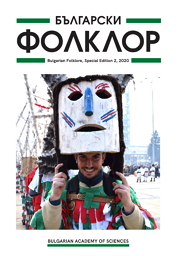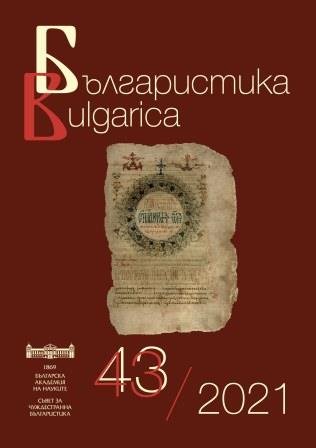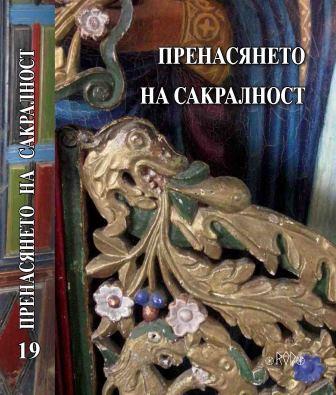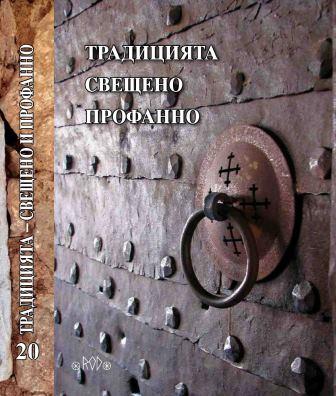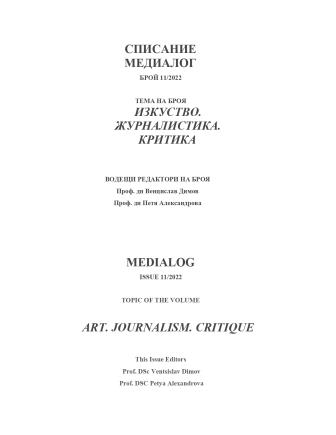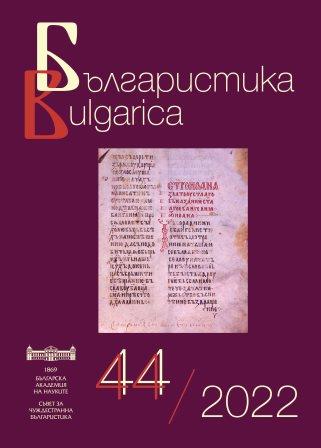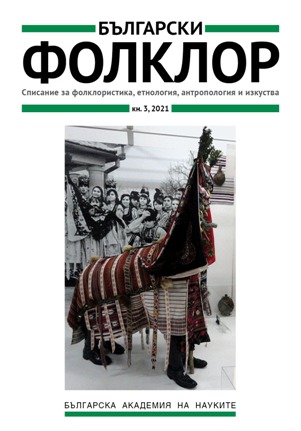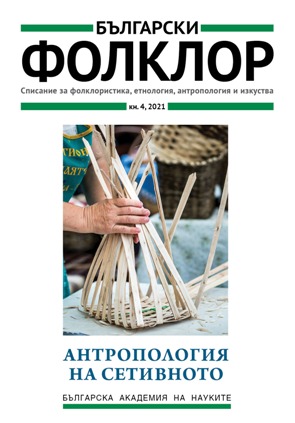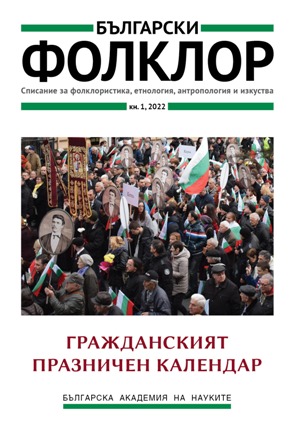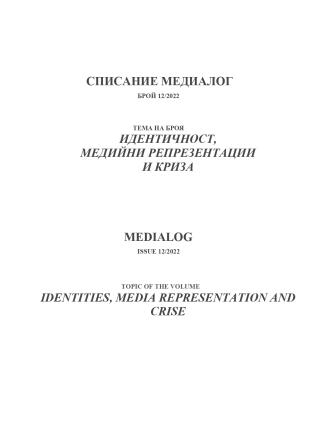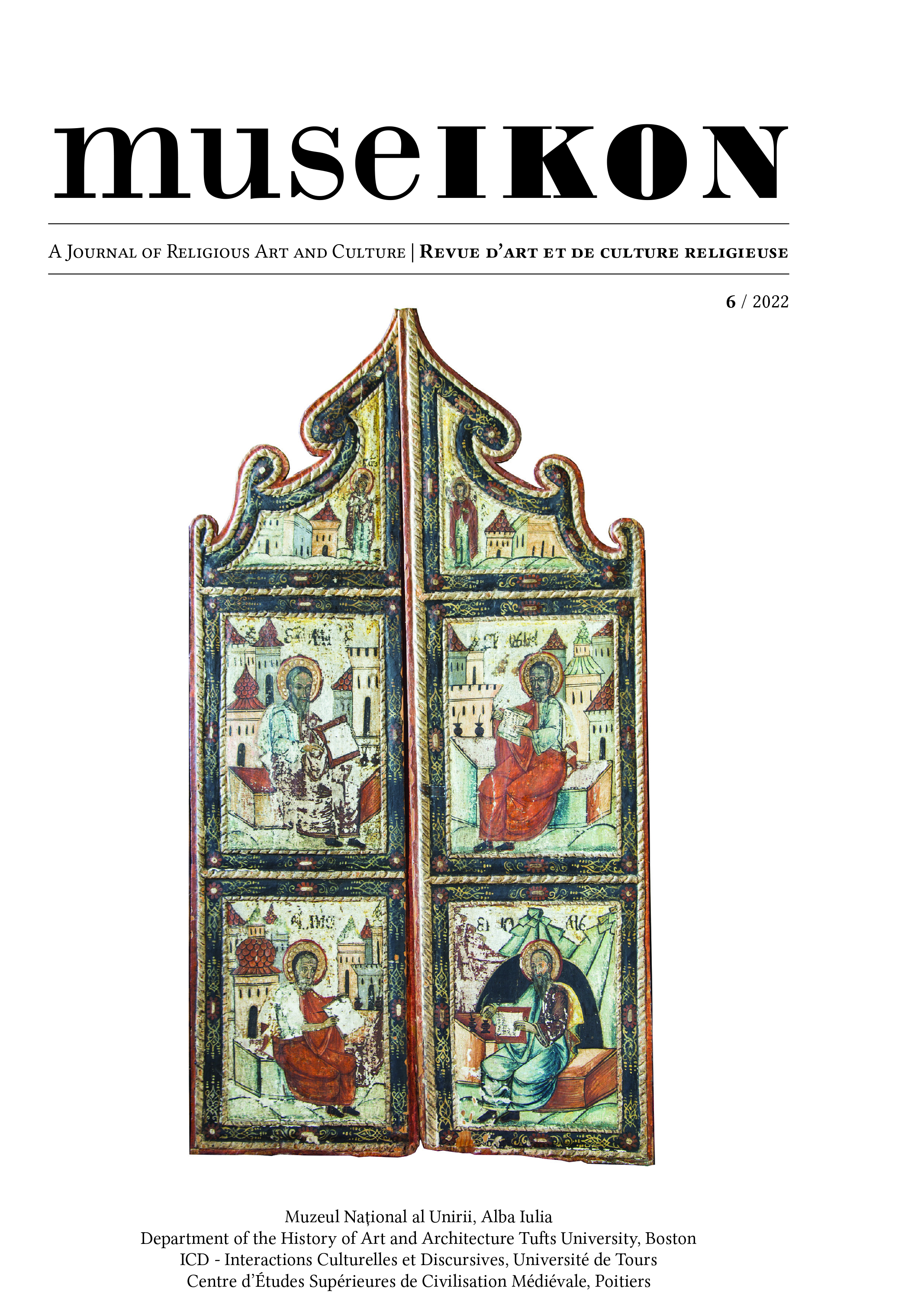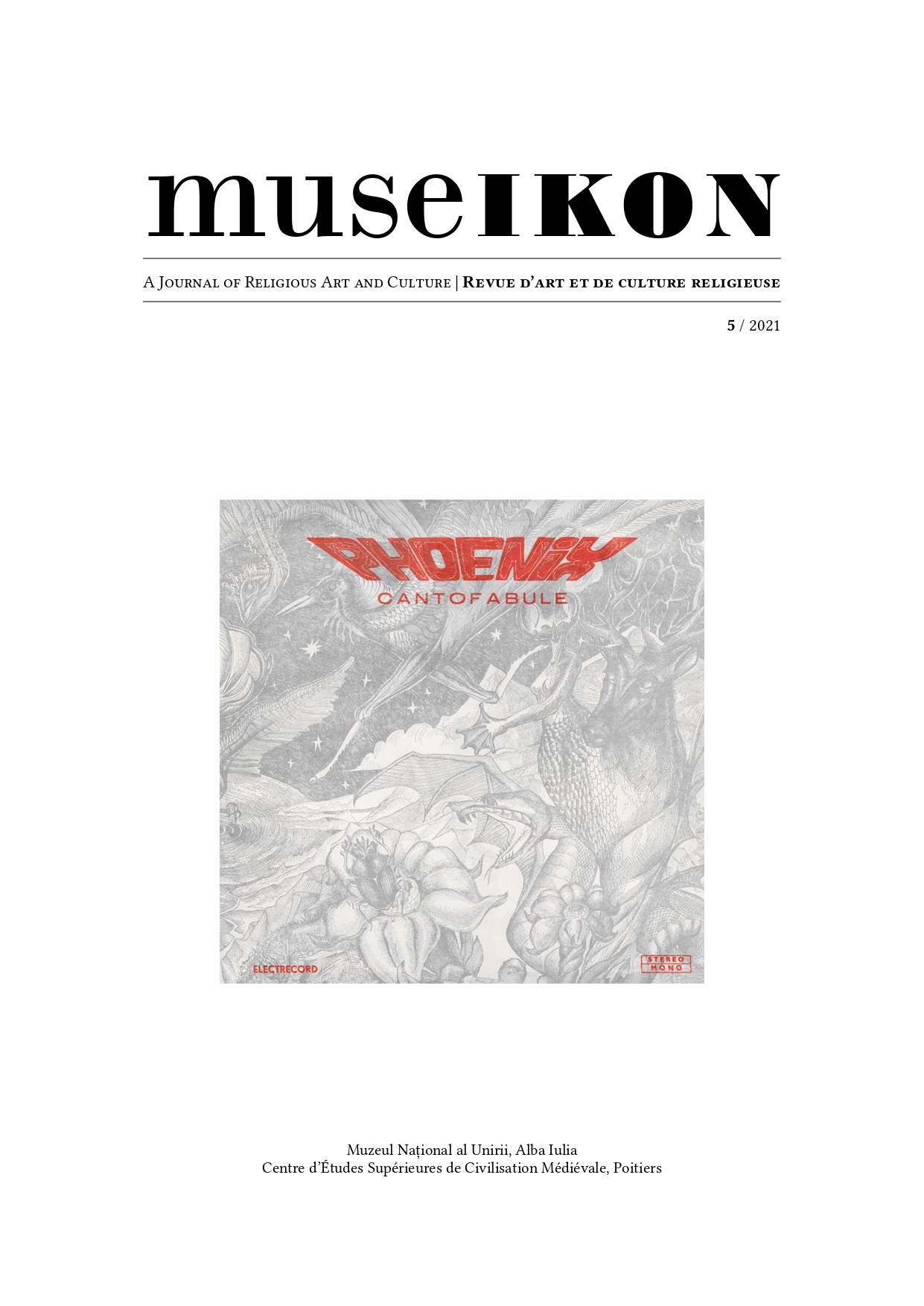
Icons on Trial. Negotiations Between Moscow and Moldavia over Some ‘Noncanonical’ Icons in the First Decades of the 17th Century
En 1629, une ambassade dirigée par l’archimandrite Varlaam est arrivée à la cour du tsar Mikhaïl Féodorovitch Romanov, demandant la permission de passer une commande aux peintres moscovites, afin depeindre deux icônes pour le prince Miron Barnovschi. Les sources documentaires nous renseignent sur la dédicacedes icônes et sur le fait qu’elles appartenaient à la typologie des icônes hagiographiques, avec des portraitsde saints au milieu et des scènes narratives de leur vie sur les bords. Bien qu’achevées et payées intégralementpar le prince moldave, les icônes ne sont jamais parvenues à leur commanditaire. Le patriarche Philarète Nikititchles a retenues à Moscou sous prétexte qu’elles étaient ‘inconvenablement’ peintes. Sept ans plus tard,alors que Varlaam occupait le poste de métropolite de Moldavie, le prince Vasile Lupu envoya une autre ambassadeà la cour de Moscou, pour tenter de les récupérer. Le tsar organisa une enquête, les peintres furent interrogéssur les modèles suivis, mais le résultat resta le même : les icônes avaient été peintes de manière noncanonique et ne pouvaient pas être remises aux messagers moldaves. L’enquête sur cet intéressant ‘échec’ diplomatique fait l’objet de la présente étude. En suivant André Grabar, qui soulevait pour la première fois laquestion du prétendu manque de canonicité de ces icônes, l’article reprend toute la question des causes possiblesdu refus inhabituel des autorités moscovites de les remettre à leurs commanditaires. En corroborant lesinformations documentaires avec l’analyse des sources visuelles disponibles, dans le contexte plus large de lacommande des icônes et de l’évolution du culte de saint Jean le Nouveau à l’époque, l’étude suggère qu’uneraison possible de ce rejet pourrait être la représentation du martyr de Suceava – et ce, non pas parce qu’ils’agissait d’un saint inconnu en Russie à l’époque (cf. A. Grabar); mais surtout à cause de l’utilisation d’uncertain modèle iconographique employé dans l’entourage du métropolitain Anastasie Crimca. Ce modèle étaitsans doute susceptible d’avoir déplu au patriarche Philarète Nikititch. Varlaam connaissait bien ce type dereprésentation et avait probablement donné des instructions précises aux peintres moscovites, qui les ont sansdoute suivies à la lettre. En effet, à la suite de cet épisode, Varlaam enverra également au tsar une hagiographie etune icône de saint Jean le Nouveau, qui semblent avoir dynamisé le culte et les représentations iconographiquesdédiées au martyr de Suceava en Russie à la même époque.
More...
